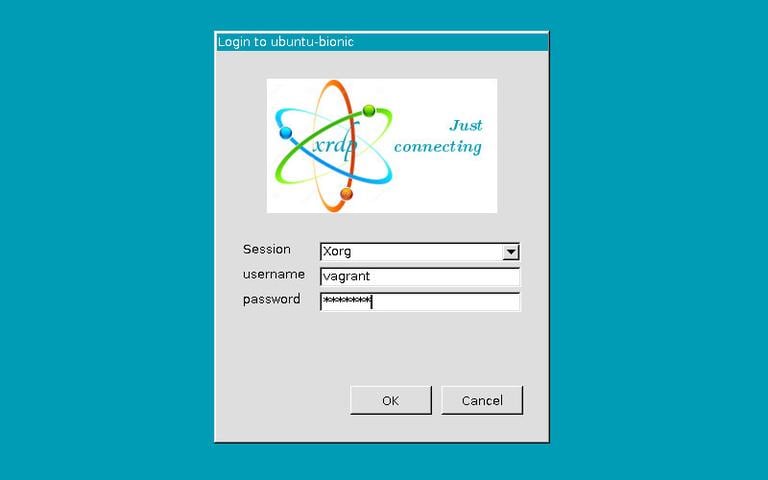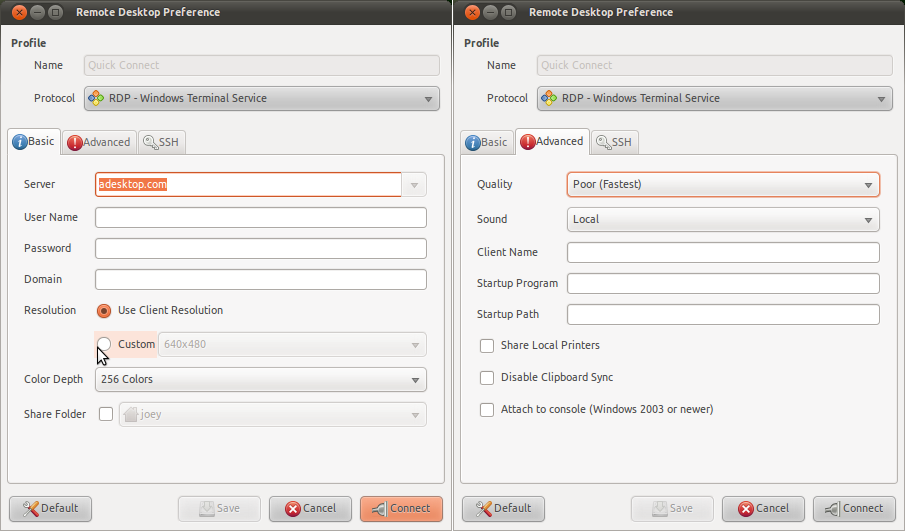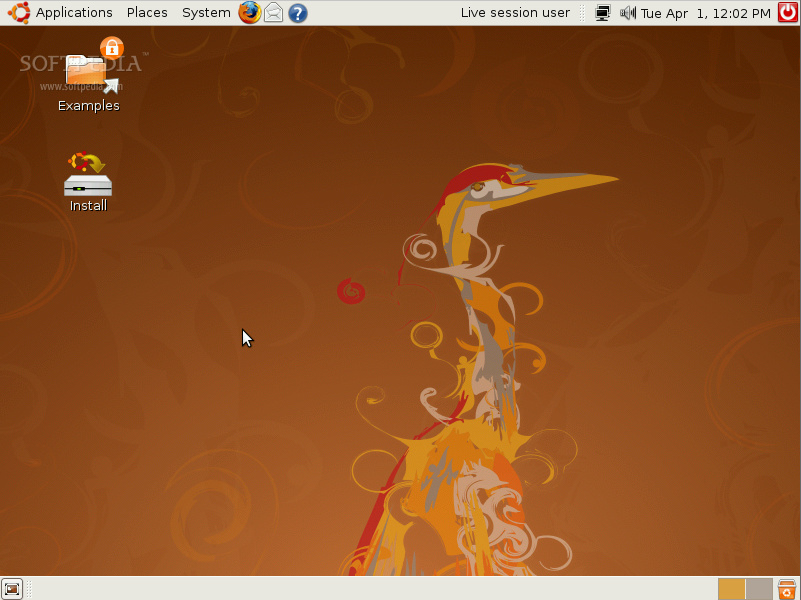


- #Remote desktop for ubuntu rdp install#
- #Remote desktop for ubuntu rdp full#
- #Remote desktop for ubuntu rdp password#
- #Remote desktop for ubuntu rdp Pc#
#Remote desktop for ubuntu rdp full#
The connection will then be established, giving you full mouse and keyboard access to your remote Ubuntu computer.
#Remote desktop for ubuntu rdp password#
You can click Save to keep these settings for reuse on another occasion.Ĭlick Connect to start the connection and input the Ubuntu account password when prompted.


Next, click Show Options and add the Username for the Ubuntu PC.
#Remote desktop for ubuntu rdp install#
You can then use the terminal to install the tools you need for RDP and VNC. Simply enter the IP address and the Ubuntu username and password. Once installed via the terminal (sudo apt install openssh-server), you'll be able to make a remote connection into the Ubuntu desktop. In short, it depends on which Ubuntu version you're using and whether you've used SSH previously. SSH is often disabled by default, however, so if it is not installed, you'll need to fix it. But it is helpful to install the tools you'll be using remotely. To be clear: this isn't a remote desktop option there is no mouse control. It enables you to set up an SSH connection, which gives remote access to the Ubuntu command line.
#Remote desktop for ubuntu rdp Pc#
To save time, you might want to install PuTTY on your PC (or just try the built-in Windows SSH function). Note: Your organization's system admin can set up port forwarding if you're not using commercial remote desktop tools. If your employer does not use a static IP (unlikely, but it happens), use a dynamic DNS provider instead. Once saved, you should be able to RDP into the Ubuntu PC remotely via your organization's static IP address. For detailed steps, check your router documentation. Note that these steps are generic and will differ depending on your router. Make a note of the IP address, then open it in your browser to display the router's admin console. You can use the ip r command for this, with grep to specify the default: ip r | grep default Start by establishing the IP address of the router. To access a computer on another network (e.g., your work network), you need to enable port forwarding on the router where your Ubuntu PC is located. Just look for your Ubuntu device name, find the IP address, and make a note of it for later. Once signed into the router's admin console, you'll be able to see which devices are connected. Is neither of these options open? You can also connect to your router directly via your computer's browser. If the computer is connected to the network via Ethernet, look for eth0.Īnother way to find the IP address is to find the network connection icon in the panel, right-click, and select Connection Information. For instance, if you're on Wi-Fi, look for wlan0. Look for the "inet addr" against the connection you're currently using. Physically go to the Ubuntu machine, press Ctrl + Alt + T to open the Terminal, and input the command: ifconfig Find Your Ubuntu PC's IP Addressīefore you can establish remote access to your Ubuntu device from Windows over RDP or VNC, you'll need the IP address. You can do so by using "port forwarding." However, you'll need the IP address before you set this up. To use VNC and RDP with a PC on a different network, you'll need to enable access to the remote computer via its router. However, if you're working from home, this instantly complicates things. Remote access solutions are simple to set up and manage across the same network. Prepare Windows RDP to Ubuntu Connections


 0 kommentar(er)
0 kommentar(er)
